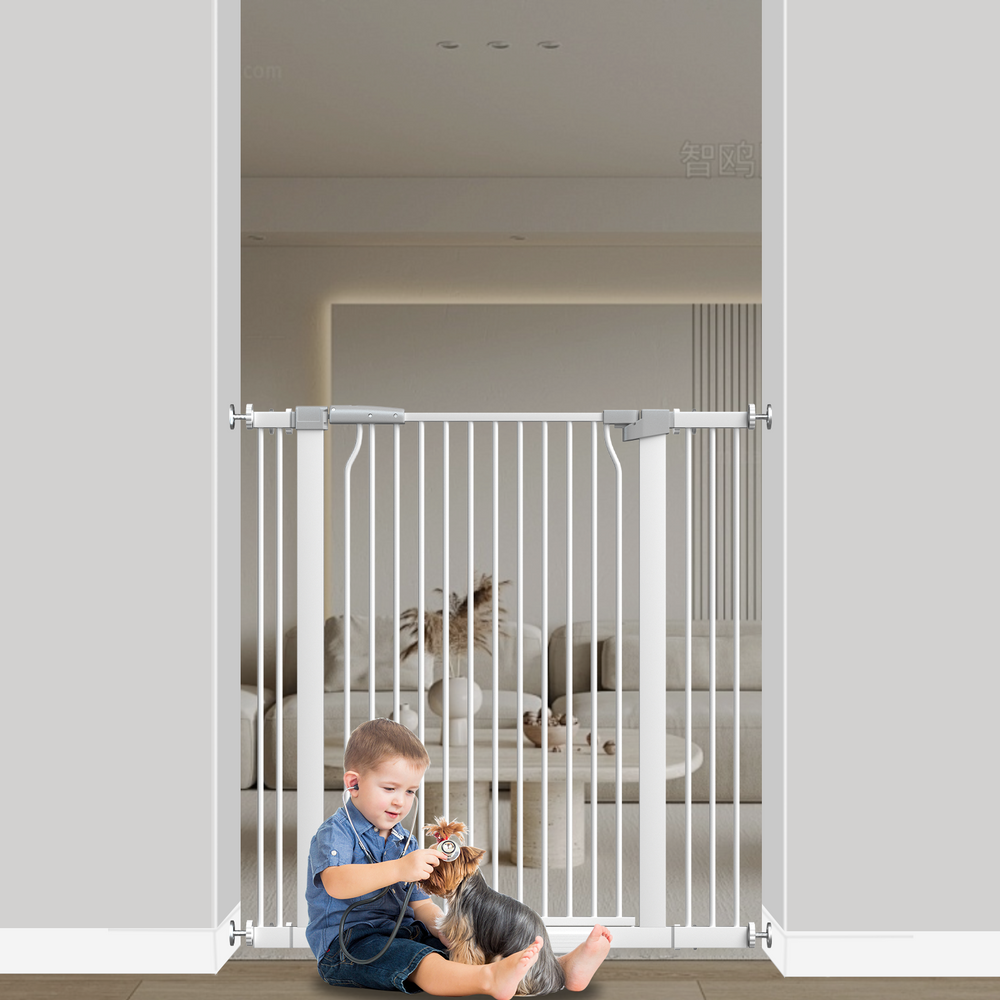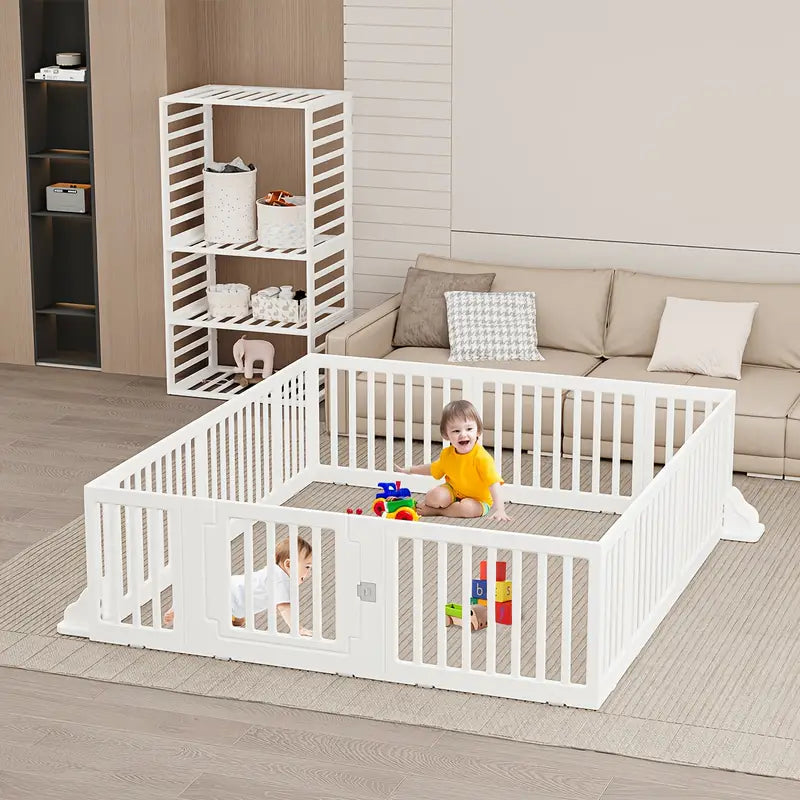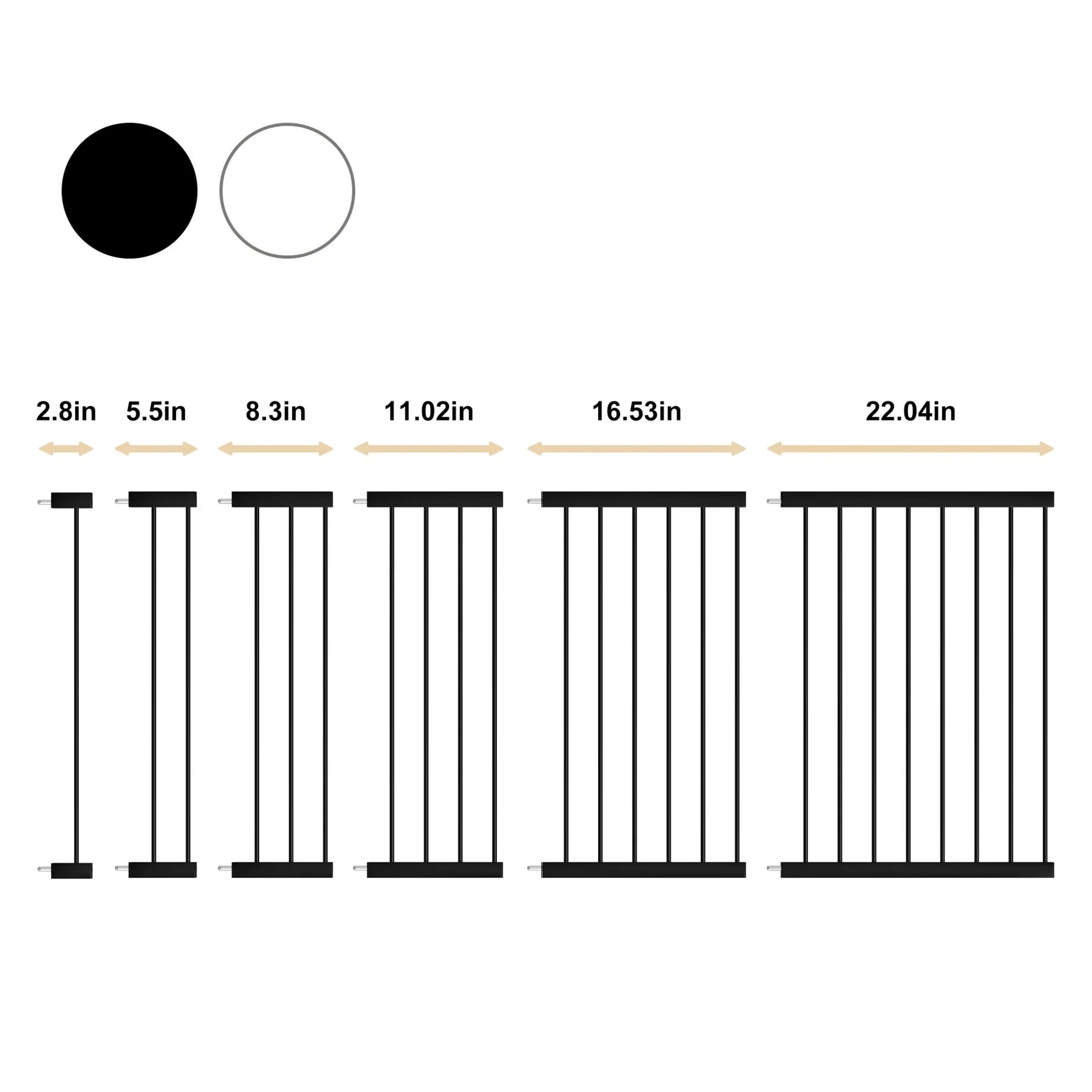Essential Safe Pacifier Use Guidelines Every Parent Should Know
Understanding Pacifier Safety
Benefits of Pacifier Use
Pacifiers can be more than just a way to soothe a fussy baby. They've been linked to a reduced risk of SIDS (Sudden Infant Death Syndrome). The sucking motion might help keep babies in a lighter sleep state, making them less likely to stop breathing. Pacifiers also offer comfort during stressful situations, like doctor's visits or when dealing with separation anxiety. For parents, they can be a useful tool to calm a baby without immediately resorting to feeding. However, it's important to use them correctly to maximize benefits and minimize potential drawbacks.
Risks Associated with Pacifiers
While pacifiers can be helpful, there are some risks to be aware of. One common concern is the potential for middle ear infections, especially after six months of age. Prolonged use can also lead to dental problems, such as misaligned teeth or changes in the bite. Some babies may become too reliant on pacifiers, leading to difficulties when it's time to wean them off. It's also important to consider the impact on breastfeeding. Introducing a pacifier too early can sometimes interfere with establishing a good nursing routine. Here's a quick rundown:
- Increased risk of ear infections
- Potential dental issues with long-term use
- Possible breastfeeding interference if introduced too early
Pacifier use isn't without its downsides. It's important to weigh the benefits against the potential risks and make informed decisions about when and how to use them.
Choosing the Right Pacifier
Not all pacifiers are created equal. When selecting a pacifier, look for one-piece designs to avoid choking hazards. Make sure the shield is wider than your baby's mouth and has ventilation holes. The material should be BPA-free and easy to clean. Consider the size and shape of the nipple, as some babies prefer certain types over others. Regularly inspect the pacifier for any signs of wear and tear, such as cracks or tears, and replace it immediately if you notice any damage. It's also a good idea to have a few different types on hand to see which one your baby prefers. Always prioritize baby pacifier safety when making your selection.
Here's a simple checklist:
- One-piece construction
- BPA-free material
- Appropriate size and shape
- Ventilation holes in the shield
Proper Pacifier Hygiene
It's easy to overlook, but keeping your baby's pacifier clean is super important. Babies put everything in their mouths, and pacifiers are no exception. A dirty pacifier can introduce germs and bacteria, potentially leading to illness. So, let's talk about how to keep those pacifiers squeaky clean and safe for your little one.
Cleaning Guidelines for Pacifiers
Regular cleaning is key to preventing the spread of germs. Here's a simple routine to follow:
- Before First Use: Sterilize the pacifier by boiling it in water for about five minutes. Let it cool completely before giving it to your baby.
- Daily Cleaning: Wash the pacifier with warm, soapy water after each use. Rinse it thoroughly to remove any soap residue. You can also use a dishwasher (top rack) if the pacifier is dishwasher-safe.
- On-the-Go Cleaning: If the pacifier falls on the floor when you're out and about, rinse it with bottled water or use a pacifier wipe until you can properly clean it. Avoid putting it in your own mouth to "clean" it, as this can transfer germs to your baby. You can also use pacifier wipes for a quick clean.
- Sterilizing: Periodically sterilize pacifiers, especially for newborns and younger babies. You can use a pacifier sterilizer, boiling water, or even some microwave sterilizing bags.
It's a good idea to have multiple pacifiers on hand so you always have a clean one available, especially when you're away from home. This way, you're not scrambling to clean a dropped pacifier when your baby needs it most.
Inspecting for Wear and Tear
Pacifiers aren't meant to last forever. Regular inspection is crucial for safety. Here's what to look for:
- Cracks or Tears: Check the nipple for any signs of damage. Small cracks can harbor bacteria, and tears can pose a choking hazard.
- Stickiness or Discoloration: If the pacifier feels sticky or looks discolored, it's time to replace it.
- Weakened Nipple: Tug on the nipple to check its strength. If it stretches easily or seems weakened, discard it.
- One-Piece Construction: Ensure the pacifier is still a single, intact piece. If it's a multi-piece design and parts are coming loose, throw it away immediately. Always opt for one-piece designs to minimize choking hazards.
As a general rule, replace pacifiers every few weeks, or sooner if you notice any signs of wear and tear. It's better to be safe than sorry!
Safe Storage Practices
How you store pacifiers is just as important as how you clean them. Proper storage helps prevent contamination and keeps them ready for use.
- Use a Pacifier Case: Invest in a pacifier case or clip with a cover to keep the pacifier clean when you're not using it. This is especially handy when you're traveling or out for a walk.
- Avoid Leaving Pacifiers Exposed: Don't leave pacifiers lying around on surfaces where they can pick up germs. Keep them in a clean, designated spot.
- Store Dry Pacifiers: Make sure the pacifier is completely dry before storing it. Moisture can encourage the growth of bacteria and mold.
Here's a simple table summarizing pacifier replacement guidelines:
| Condition | Recommended Action |
|---|---|
| Cracks or Tears | Replace Immediately |
| Stickiness | Replace Immediately |
| Discoloration | Replace Immediately |
| Weakened Nipple | Replace Immediately |
| No Visible Damage | Replace Every Few Weeks |
When to Introduce a Pacifier
Timing for Breastfeeding Moms
Okay, so you're a breastfeeding mom and wondering when it's cool to bring in the pacifier? It's a big question! The usual advice is to wait until breastfeeding is well established. We're talking about around three to four weeks. This helps avoid what some people call "nipple confusion," where the baby might get mixed up between the breast and the pacifier. But every baby is different, right? If things are going smoothly, your milk supply is good, and baby is gaining weight, chat with your doctor. They might give you the green light sooner.
Signs Your Baby is Ready
How do you know if your little one is ready for a pacifier? Well, they might show signs of wanting to suck even after they've had a good feed. Some babies just have a stronger sucking need than others. If your baby is calm and content after feeding, they probably don't need one right away. But if they're still fussy and trying to suck on their hands, a pacifier might be just the thing to soothe them. Just make sure you're not using it to replace a feeding when they're actually hungry. It's all about reading those baby cues!
Avoiding Early Dependency
It's easy for babies to get attached to their pacifiers, so it's a good idea to avoid early dependency. Try not to pop it in their mouth every time they make a peep. Sometimes, a change of position, a gentle rock, or a cuddle is all they need. Think of the pacifier as more of a tool for soothing, not a constant fixture. And definitely don't feel like you need to put it back in their mouth every time it falls out while they're sleeping. Pacifier use at night is fine, but don't stress about it.
Introducing a pacifier is a personal choice, and there's no one-size-fits-all answer. Pay attention to your baby's cues, get advice from your pediatrician or a lactation consultant, and do what feels right for you and your little one. Remember, it's okay to change your mind along the way!
Here's a quick guide:
- Wait until breastfeeding is established (usually 3-4 weeks).
- Look for signs of a strong sucking need after feeding.
- Don't use it as a replacement for feeding.
- Try other soothing methods first.
- Don't feel pressured to keep it in their mouth constantly. Pacifiers for newborns can be helpful, but moderation is key.
Pacifier Do's and Don'ts

Do Use One-Piece Designs
When choosing a pacifier, opt for a one-piece design. These are generally safer because there are no separate parts that could detach and become a choking hazard. It's a simple way to give yourself some peace of mind. I remember when my friend's baby was using a two-piece pacifier, and it broke apart. It was scary!
Don't Use Sweeteners
Never dip a pacifier in honey, sugar, or any other sweetener. Not only is this bad for your baby's developing teeth, but it can also create a preference for sweet tastes, making it harder to introduce healthy foods later on. Plus, honey can be dangerous for babies under one year old due to the risk of botulism. It's just not worth the risk. Instead, focus on safe pacifier use.
Do Monitor Usage Frequency
While pacifiers can be great for soothing, it's important to monitor how often your baby is using one. Constant sucking can lead to dependency and might interfere with feeding schedules or speech development later on. Here's a few things to keep in mind:
- Only offer the pacifier when your baby needs soothing, not as a first resort.
- Try other methods of comfort first, like rocking or singing.
- Limit pacifier use during waking hours to encourage interaction and exploration.
It's easy to fall into the habit of popping a pacifier in your baby's mouth every time they fuss, but try to be mindful of when and why you're offering it. This can help prevent over-reliance and potential developmental issues down the road. Remember to check for signs of wear regularly.
It's all about balance, really.
Weaning Off the Pacifier

Signs It's Time to Stop
Okay, so you've reached the point where the pacifier needs to go. But how do you know when exactly? It's not always obvious. Most kids naturally give up pacifiers between 2 and 4 years old. However, some need a little nudge. One sign is increased social interaction; if your child is more interested in playing and talking, they might be ready. Another is understanding and following simple instructions. If they can grasp the concept of "no paci at playtime," you're on the right track. Also, keep an eye on their teeth. Prolonged use can lead to dental problems, so if you see any changes, it's time to consider weaning.
Strategies for Weaning
Weaning can be tough, but here are some strategies that might help:
- Cold Turkey: Just stop giving the pacifier. This works for some kids, but can be rough.
- Gradual Reduction: Limit pacifier use to specific times, like bedtime. Start with naps, then bedtime, then long car rides. This is often a gentler approach.
- The Paci Fairy: Tell your child the Paci Fairy needs their pacifiers for new babies. Exchange the pacifiers for a small toy. This can make it feel like a positive event.
- Positive Reinforcement: Praise your child when they choose not to use the pacifier. A sticker chart can be a great motivator.
It's important to be consistent. Once you start weaning, don't give in easily. There will be tears, but consistency is key to success. Remember to offer lots of cuddles and distractions during the transition.
Consulting with Pediatricians
If you're struggling with weaning, don't hesitate to talk to your pediatrician. They can offer personalized advice and rule out any underlying issues. They might have suggestions based on your child's specific temperament and developmental stage. Also, if you're concerned about speech development or dental alignment, a professional opinion is always a good idea. Sometimes, a dentist can also provide helpful tips and monitor any changes in your child's mouth. Remember, you're not alone in this!
Pacifier Use and Development
Impact on Dental Health
Okay, so here's the deal with pacifiers and teeth. Normal pacifier use during the first few years usually doesn't cause long-term dental problems. However, extended use can lead to teeth misalignment. It's something to keep an eye on as your child grows. Think of it like this:
- Short-term use: Generally fine.
- Long-term use: Potential for issues.
- Regular dental check-ups: Always a good idea.
It's best to chat with your dentist about your child's pacifier habits. They can give you personalized advice based on your child's specific dental development.
Effects on Speech Development
There's some concern that prolonged pacifier use might affect speech development. The idea is that constant sucking could interfere with the muscles needed for talking. But, honestly, the research is a bit mixed. Some studies show a link, while others don't. It's not a definite cause-and-effect thing. If you're worried, maybe limit pacifier use as your child starts babbling and trying to talk. You can also consult with a lactation consultant or speech therapist if you have concerns about your child's speech.
Potential for Ear Infections
Okay, this is a tricky one. Pacifier use might increase the risk of middle ear infections. However, here's a key point: ear infection rates are generally lowest from birth to 6 months – which is when the risk of SIDS is highest, and babies often love pacifiers. So, it's a bit of a trade-off. Some studies suggest that using a pacifier can help reduce the risk of sudden infant death syndrome (SIDS). If your baby is prone to ear infections, talk to your pediatrician about the best approach. Maybe limit pacifier use during times when ear infections are more common, like during cold and flu season. It's all about finding the right balance for your little one.
Emergency Preparedness with Pacifiers
Recognizing Choking Hazards
Pacifiers, while comforting, can pose choking risks. Always inspect the pacifier before each use. Look for cracks, tears, or loose parts. One-piece pacifiers are generally safer because they reduce the risk of parts detaching. Replace pacifiers regularly, typically every few weeks, or sooner if you notice any damage. Never modify a pacifier or attempt to repair it; discard it immediately. Be extra cautious with older pacifiers, as the material can degrade over time. It's also a good idea to avoid attaching anything to the pacifier that could detach and become a choking hazard, like small toys or beads.
What to Do in an Emergency
Knowing what to do if your baby is choking is crucial. If your baby is choking but still coughing forcefully, encourage them to continue coughing. If they can't cough, cry, or breathe, take immediate action. For infants under one year, alternate between five back blows and five chest thrusts. Back blows are delivered firmly between the shoulder blades, while chest thrusts are similar to CPR compressions but given with two fingers on the breastbone. Call emergency services immediately. Consider taking a first aid course that covers infant CPR and choking response. It's also helpful to have a visual guide or chart readily available in your home.
Keeping Emergency Contacts Handy
In any emergency, quick access to help is vital. Keep a list of emergency contacts readily available, including your pediatrician's number, local emergency services (911 in the US), and the number for poison control. Program these numbers into your phone and post them in a visible location in your home, such as on the refrigerator. Make sure that anyone who cares for your child, including babysitters and family members, also has access to these numbers. It's also a good idea to familiarize yourself with the location of the nearest hospital emergency room. Having emergency contacts readily available can save precious time in a crisis.
It's easy to feel overwhelmed by the thought of emergencies, but being prepared can make a huge difference. Take the time to learn basic first aid, keep emergency contacts handy, and regularly inspect your baby's pacifiers. A little preparation can provide peace of mind and help you respond effectively if the unexpected happens.
Wrapping It Up
In the end, it all comes down to your baby. You know them best, and it’s up to you to figure out what works and what doesn’t. Keeping your little one safe is the main thing here. Sure, pacifiers can be a lifesaver during those cranky moments. Just remember to stick to the tips we talked about to make the experience smoother. A safe and happy baby means a happy home for everyone!






Leave a comment